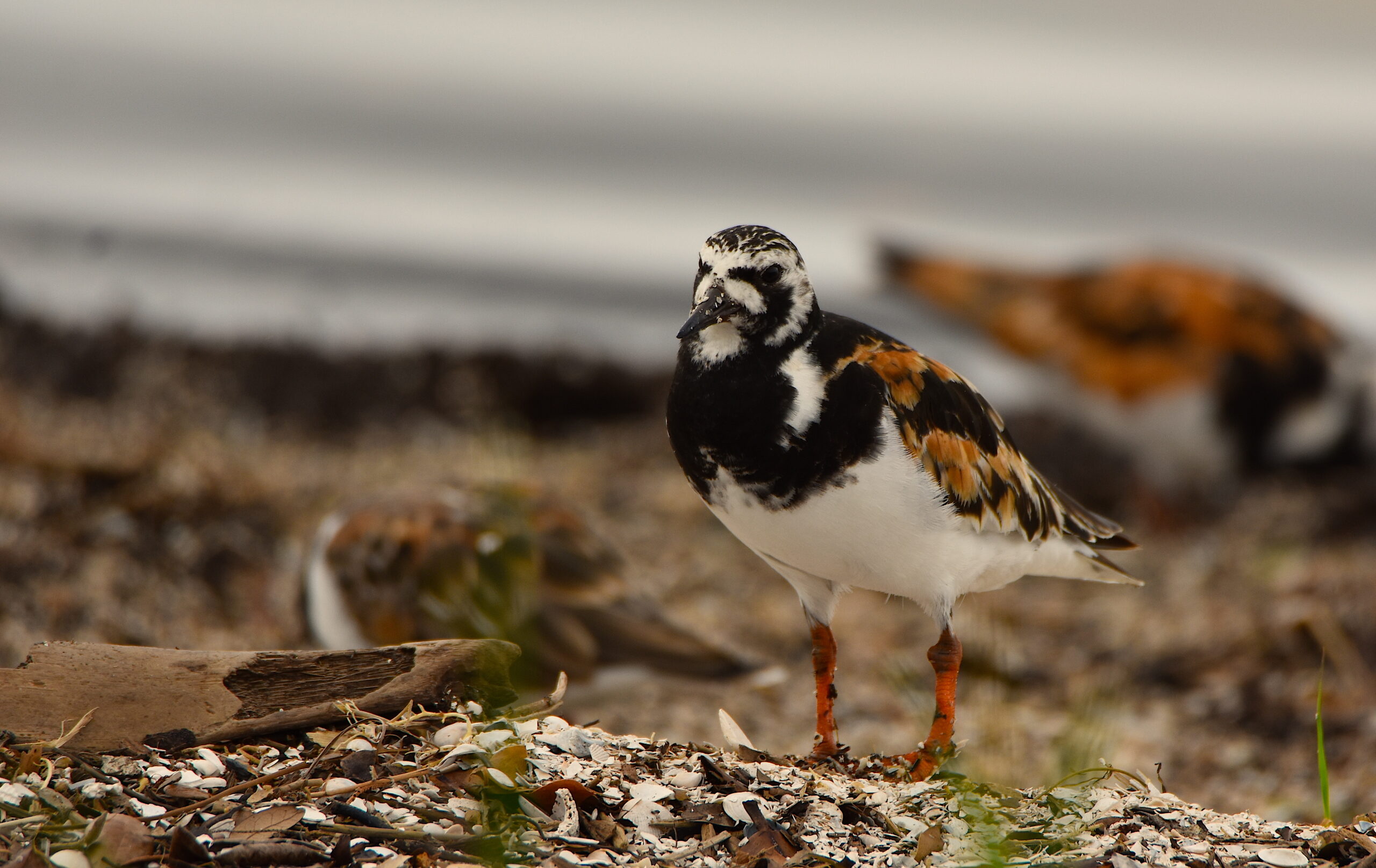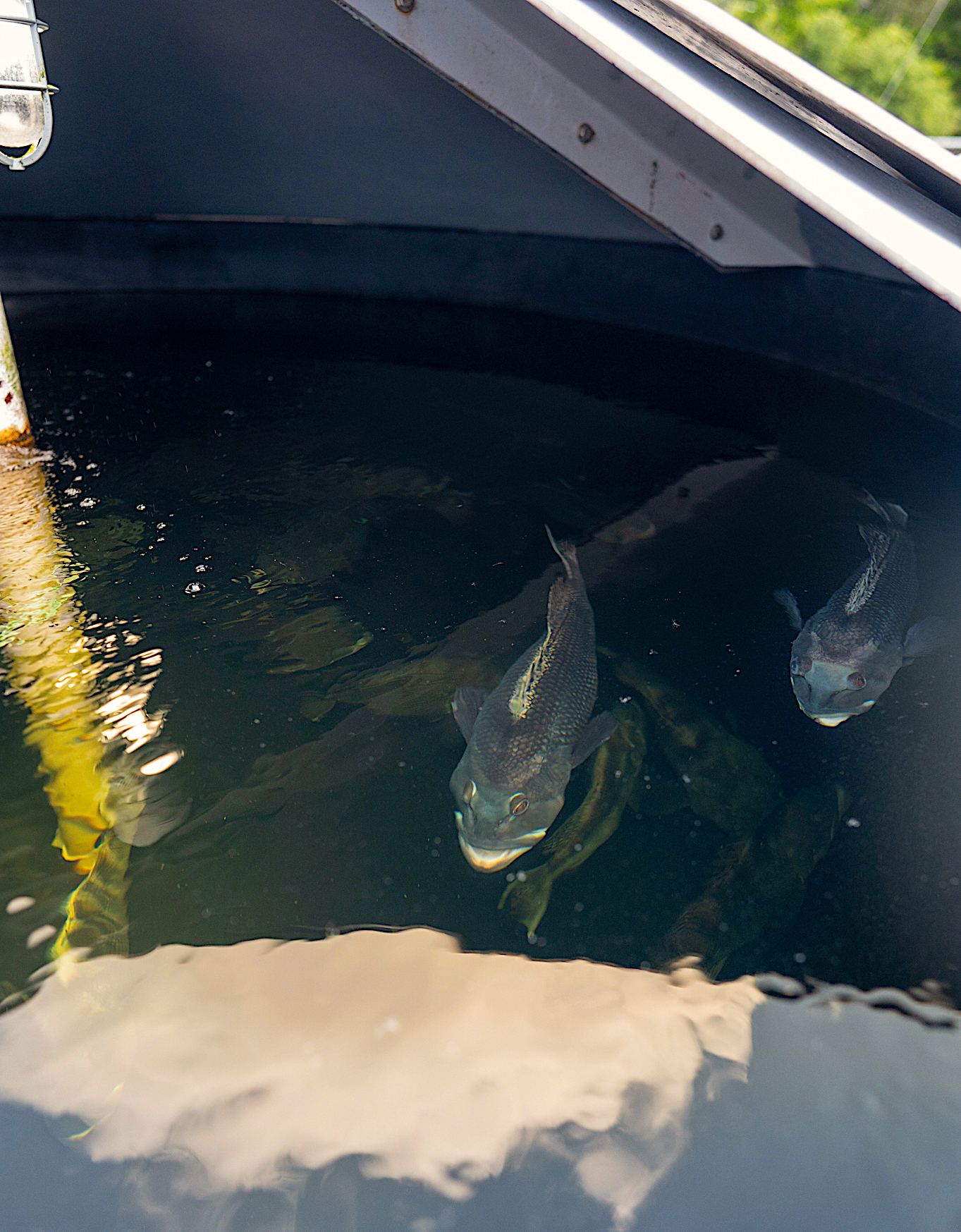Healthy Habitats: How Do Restored Oyster Reefs Compare to Live Oyster Reefs?
A new study shows additional benefits from oyster reef restoration — after only six months.

Anyone who has spent time in the estuaries of North Carolina likely has seen bags of oyster shells and layers of repaired oyster reefs. But do these restored reefs actually function like natural reefs?
While researchers have shown that restored reefs can successfully produce oysters similar in size and density to natural reefs, there has been little study of the impact of restored reefs on bird populations. Many birds use natural reefs for foraging and resting, and scientists wanted to know if restored reefs could support bird populations in similar ways.
MOSQUITO LAGOON
On Mosquito Lagoon, along the east coast of central Florida, scientists focused on “benthic” (bottom-dwelling) invertebrates, which serve as an important food source for many birds at the coast. The staff collected sediment samples from live, restored, and dead oyster reefs, and then counted and sorted the benthic invertebrates within the samples. They also recorded monthly observations of the birds at the reefs.
Within six months after restoration, the composition of all types of invertebrates in the restored reef sediments became more similar to the live reefs and less similar to dead reef sediments.
The most abundant benthic invertebrate at all reef types was “polychaete” (segmented) worms.
In addition, the research team observed over 1,500 birds from 36 unique species, with white ibis the most common on live reefs and ruddy turnstone the most common on restored reefs. On dead reefs, the most common species was royal tern.
FOR THE BIRDS
Dead reefs had the highest average number of birds per square foot and the highest average number of birds per square foot that were resting. However, the number of foraging birds per square foot at each of the three reef types was similar.
When evaluating the effects of oyster reef restoration, scientists previously have focused on oysters and the physical characteristics of reefs. They now are moving toward monitoring the broader ecosystem of restored reefs as habitat for other species. By doing so with this study, they found that restored oyster reefs become more similar to live reefs over time.
lead photo: A ruddy turnstone on the shores of the Mosquito Lagoon. Credit: Kate Perez/CC-BY-SA-4.0
Christine Ryan is the inaugural communication fellow for the award-winning Hook, Line & Science series, which originally published this story: HookLineScience.com.
- Categories:


